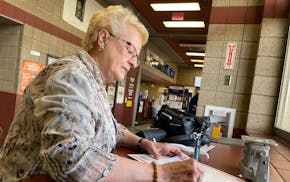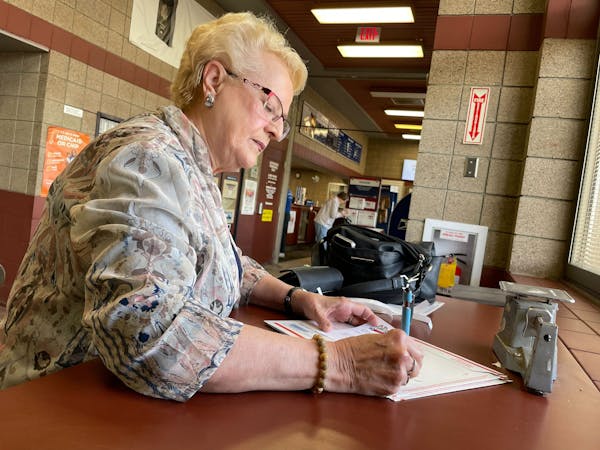Late this summer, about 800 Minneapolis households along parts of Franklin and Blaisdell Avenues will be able to more than double their Internet speeds via a wired version of USI Wireless Internet service.
USI Wireless, which runs the Minneapolis Wi-Fi network, is expanding carrying capacity by laying a new fiber optic cable along those streets.
As a result, homes facing those streets will be able to get wired Internet download speeds of 15 million bits a second for $20 a month, and Internet telephone service for an additional $20 a month, USI Wireless said.
Previously, the wired service was available only to about 300 homes along 50th Street adjacent to a USI Wireless fiber optic cable installed along 50th Street in February.
The services will be offered to homes along Franklin Avenue on an east-west stretch between Hennepin Avenue and Blaisdell Avenue, or on a north-south stretch of Blaisdell from Franklin to 24th Street. Consumers can call 952-253-3209 to see if their homes qualify for the new service.
While the USI rates in that area are lower than the standard prices offered by local telephone and cable companies (excluding short-term promotions), they are available only in a very limited area because of the costs of running connecting cables to homes, USI Wireless said. Elsewhere in the city, USI charges $36 a month for 6 million-bits-per-second wireless download speeds but doesn't offer telephone service.
Later this year, another 800 homes in south Minneapolis will also get fiber optic cables and the opportunity to get the fast Internet and Internet phone services, said Travis Carter, technology vice president of U.S. Internet, parent company of USI Wireless. Fiber optic cables will be installed along Pillsbury Avenue and Pleasant Avenue, from 28th Street. to 49th Street.
The cables are being added to improve the Wi-Fi network's overall carrying capacity, Carter said. The network is set up so Wi-Fi signals from home computers travel to nearby wireless antennas, which transmit them to other Wi-Fi antennas. These signals are eventually collected by the buried fiber optic cables, then beamed via microwave dish at speeds up to 1 billion bits per second to a receiver atop the IDS Center in downtown Minneapolis. From there, the signals go to USI's facilities and onto the Internet.
In the short run, this arrangement will create pockets of fast USI Wireless service, first via wired connections to the buried cable and later through faster Wi-Fi service for homes three blocks on either side of the cable, Carter said.
In the long run, the fiber optic cables will help the network handle next-generation Wi-Fi technology, expected to be faster and thus require more carrying capacity, Carter said.
"Our goal is to be ahead of the game and get fiber optic cable into areas before there's a network congestion problem," Carter said. "If next generation Wi-Fi becomes a reality, which I think could be by 2015, we'll need to have some of this capacity on the street."
Steve Alexander • 612-673-4553

Souhan: South Carolina's Staley brings humor, wisdom to St. Kate's
BCA says deputy stumbled and fell as man with knife charged in Chanhassen, prompting 2 deputies to shoot him

USPS audit found Bemidji post office delayed delivery of 79,000 pieces of mail

